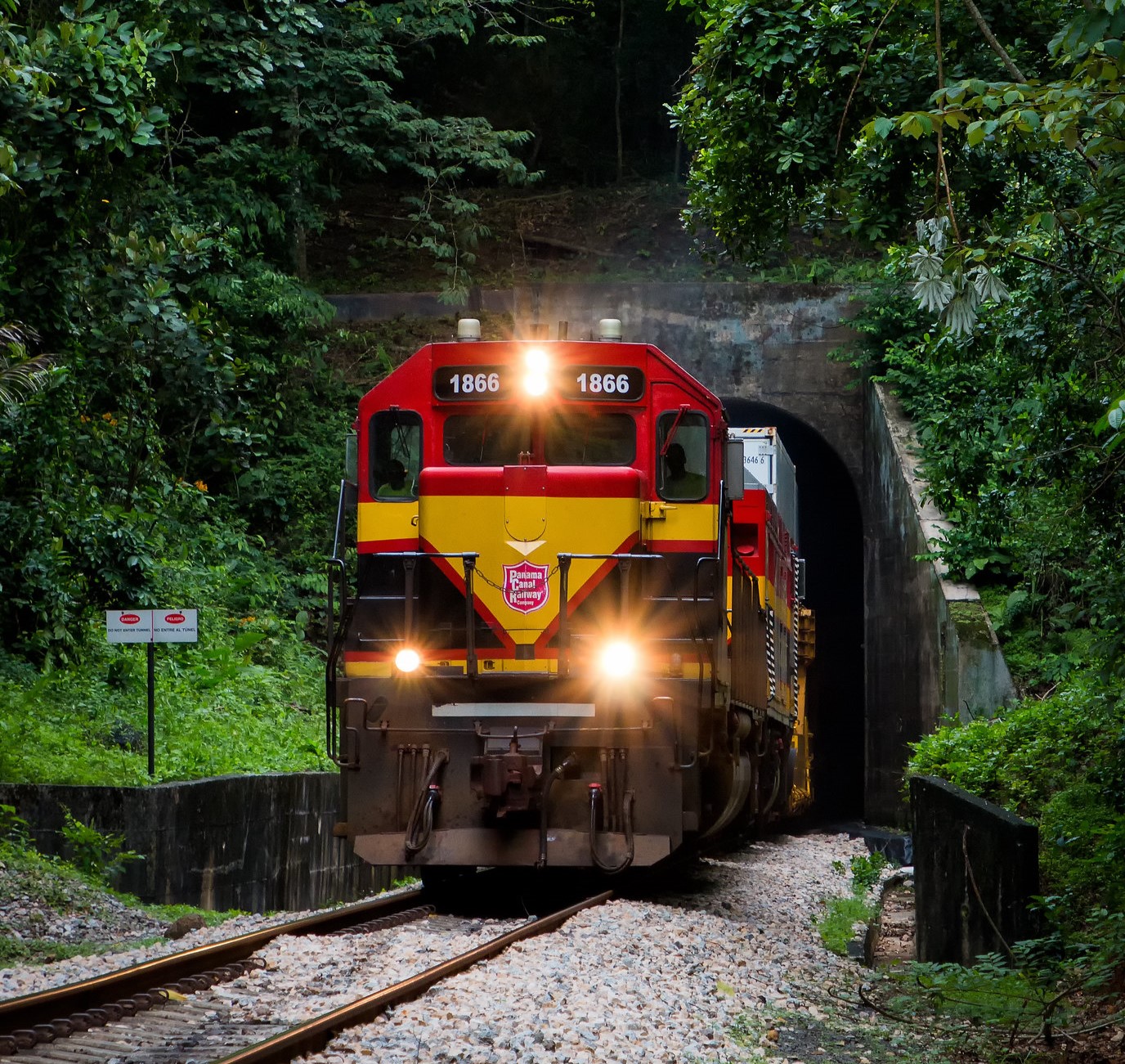Panama-David Train Project Advances

The Panama-David railway project, known for its scope and ambition, continues to capture the attention of Panamanian citizens and the government. This project, one of the biggest bets of the administration of President José Raúl Mulino, seeks to efficiently connect Panama City with David, in the province of Chiriquí, and its viability is being carefully analyzed. José Ramón Icaza, Minister for Canal Affairs, announced that the project is under weekly analysis by the National Railway Secretariat, together with engineer Henry Faarup. These studies are crucial to ensure that the project is feasible and sustainable.
To date, several governments have shown interest in supporting Panama in this study stage, which could lead to the signing of a “government-to-government agreement” in the near future to advance the initiative. Minister Icaza stressed that a pre-feasibility study carried out by the People’s Republic of China, which was subsequently reviewed by a Spanish firm, is being used as a reference. This initial study covers essential aspects such as the route, the economic impact, traffic demand, as well as the environmental and social impacts that a project of such magnitude would entail.
Last July, the Cabinet Council approved an Executive Decree that created the National Railway Secretariat. This new entity, attached to the Ministry of the Presidency, is responsible for carrying out all the studies, planning and execution necessary for the development and construction of the railway, in accordance with the Constitution and the laws of the Republic of Panama. The feasibility study, conducted by China Railway Design Corporation, with support from Panamanian companies in economic and geotechnical analysis, was free of charge for the State, as it was part of a non-reimbursable cooperation agreement between Panama and China.
According to the results, the Panama-David train would have more than 21 stops along 391 kilometers, crossing multiple provinces and reducing travel time to just 2 and a half hours for passengers, at a speed of 160 km/h. The estimated investment for this monumental project is 4.1 billion dollars.





